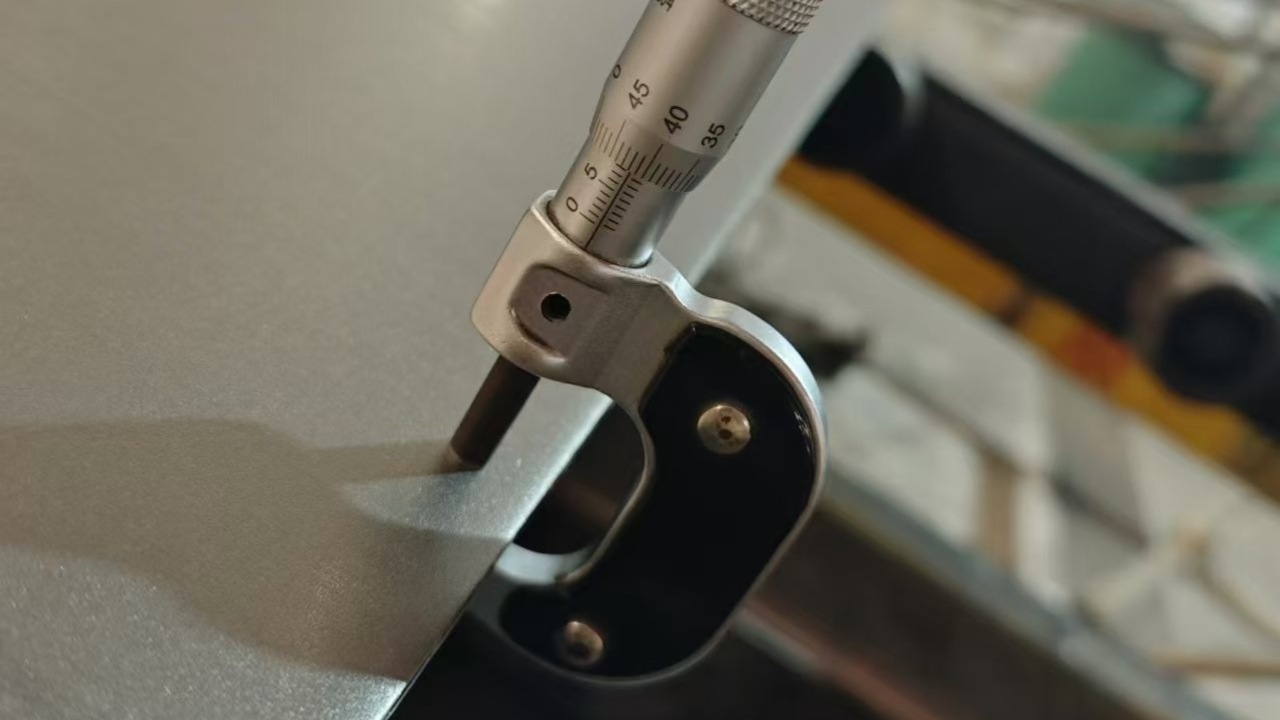At Aoxing Factory, we offer you all kinds of stainless steel materials. This blog mainly introduces the types of stainless steel and the characteristics of different types. Understanding the difference between stainless steel can lead to better choices in construction and manufacturing.
200 Series Stainless Steel And Performance
200 series stainless steel is a type of austenitic stainless steel whose main feature is the use of manganese (Mn) to partially or completely replace nickel (Ni). This design allows 200 series stainless steel to reduce costs while maintaining certain corrosion resistance.
Common Steel Grades
201 : Has lower nickel content and higher manganese content. It has good corrosion resistance and formability and is often used in kitchen utensils, tableware and building decoration materials.
202 : Similar to 201, but with slightly higher nickel content, which enhances mechanical properties and corrosion resistance.
Performance characteristics
Corrosion resistance : Compared with 300 series stainless steel, 200 series stainless steel has lower corrosion resistance, especially in high chloride environments, it is more prone to corrosion. However, they still show good corrosion resistance in mildly corrosive environments.
Mechanical properties : 200 series stainless steels generally have higher strength and hardness, thanks in part to higher manganese content and sometimes increased nitrogen content.
Formability and weldability : Overall, 200 series stainless steel has good formability and weldability and is suitable for various processing processes, such as stamping, drawing and welding.
Cost-effectiveness : Due to the reduction or elimination of nickel use, 200 series stainless steel is less expensive to produce and therefore more competitive in the market.
300 Series Stainless Steel And Performance
300 series stainless steel is a type of austenitic stainless steel with higher nickel and chromium content to provide excellent corrosion resistance and good mechanical properties. They are widely used in industry, construction, food processing and other fields.
Common Steel Grades
304 stainless steel contains 18% Cr and 8% Ni.It is the most common type of stainless steel with excellent corrosion resistance and formability. It is suitable for a wide range of applications, such as food processing equipment, kitchen utensils, building decoration, etc.
316 stainless steel contains 18% Cr and 10%Ni.Thanks to the addition of molybdenum, 316 steel grade excels in resisting pitting and crevice corrosion and is particularly suitable for use in marine environments and the chemical industry.
301 stainless steel contains 16% Cr and 6% Ni.It has high strength and hardness, suitable for springs, fasteners and other applications that require higher strength.
Performance characteristics
Corrosion Resistance : 300 series stainless steel exhibits excellent corrosion resistance due to its high chromium and nickel content. Especially in oxidizing and slightly acidic environments, they have excellent rust resistance. The molybdenum content of grade 316 steel makes it particularly effective in marine environments and highly corrosive chemicals.
Mechanical properties : 300 series stainless steel generally has good ductility and toughness, making it suitable for a variety of forming processes. They also have good strength and hardness and maintain good mechanical properties especially at low temperatures.
Formability and Weldability : These stainless steels are easy to form and can be processed through cold and hot rolling processes. They also have good welding properties and are suitable for various welding methods such as argon arc welding, spot welding and laser welding.
Magnetism : 300 series stainless steel is generally non-magnetic and does not significantly enhance magnetism even after cold working.
400 Series Stainless Steel And Performance
400 series stainless steel mainly includes martensitic and ferritic stainless steel, which is based on low carbon stainless steel with high chromium content. Unlike the 300 series, the 400 series stainless steel contains no or only small amounts of nickel and therefore differs in corrosion resistance and formability.
Common Steel Grades
410 is a martensitic stainless steel containing 14% Cr and 0.15% C.It has good hardness and wear resistance, can be strengthened through heat treatment, and is suitable for cutting tools, valves, pump parts, etc.
420 is a martensitic stainless steel containing 14% Cr and 0.4% C. Similar to 410, but with higher carbon content, therefore higher hardness and strength. It is often used in surgical instruments and applications with high hardness requirements.
440 is a martensitic stainless steel containing 18% Cr and 1.2% C. It has high carbon content and can reach very high hardness through heat treatment. It is often used in high-hardness cutting tools and bearings.
430 is a ferritic stainless steel containing 18%Cr. The most common ferritic stainless steel has good corrosion resistance and oxidation resistance and is often used in home appliances, decorative parts and automobile exhaust systems.
409 is a ferritic stainless steel containing 11.75%Cr. It is low cost but moderate corrosion resistance,mainly used in automobile exhaust systems.
Performance characteristics
Corrosion resistance : The corrosion resistance of 400 series stainless steel is generally not as good as that of 300 series, especially in acidic environments. However, in some specific environments (such as dry climates and low-corrosive environments), 400 series stainless steel still performs well. Especially the 430 steel type has better oxidation resistance due to its higher chromium content.
Mechanical behavior:Martensitic stainless steel is high hardness and strength can be achieved through heat treatment. Suitable for applications requiring high wear resistance and strength, but its corrosion resistance is low.Ferritic Stainless Steel generally has good ductility and toughness, but is not suitable for high temperature environments. Has good oxidation resistance and stress corrosion cracking resistance.
Magnetism : 400 series stainless steel is magnetic, especially the ferritic and martensite types, unlike the 300 series which is non-magnetic.
Conclusion
Post time: Aug-05-2024





